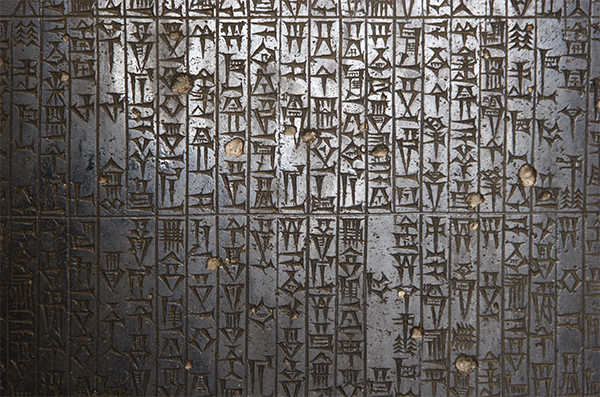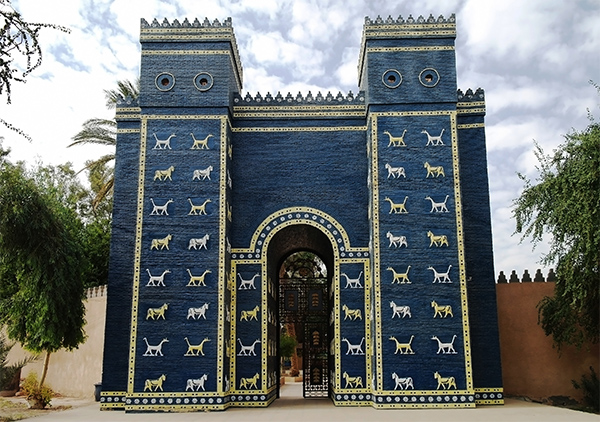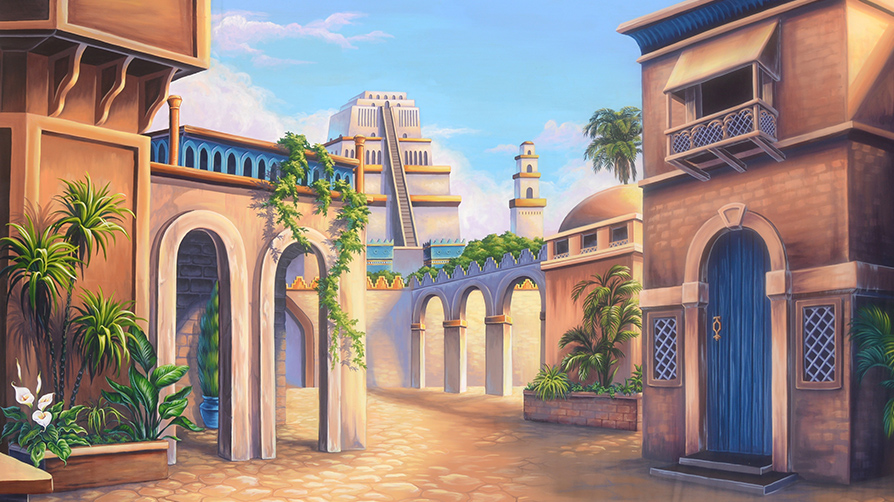

Dr. David Jeremiah Presents
Living inthe Ageof Signs
Online Destination

Living in the Age of Signs
Online Destination
Babylon in the Bible
For nearly 2000 years, Babylon was the economic and cultural center of ancient Mesopotamia. Not much is left of the city today, but Revelation 18 tells us it will return to its prior power and prestige during the Tribulation. God still has a future planned for the city of Babylon, and understanding its history will help us better grasp its significance.
Here is a glimpse of Babylon's history in ancient Bible times:
Babylon was an ancient city in Mesopotamia. It was the capital city of Babylonians from the second to first millennium B.C., and then the Chaldean Empire in the seventh and sixth centuries B.C.
Hammurabi ruled Babylon in the early 18th century B.C. and created the first written law. There were 282 detailed laws, which covered marriage, wages, the sale of slaves, rental rates, stealing, adoption, and much more.
After Hammurabi's death, the strength of Babylon declined. By the sixteenth century B.C., it had passed through the hands of several nations.
Assyria took control of Babylon in 705 B.C. under the rule of Sennacherib (2 Chronicles 32). The city revolted against his rule, so Sennacherib destroyed Babylon in retaliation.
Babylon fell into many different religious practices as it was the home of ziggurats and the Tower of Babel (Genesis 11). Babylon's chief god, Marduk, became the supreme Mesopotamian god.
The neo–Babylonian Empire was established in 612 B.C. under King Nabopolassar. His son, King Nebuchadnezzar II, made Babylon his capital and rebuilt the city.
The reign of Nebuchadnezzar II lasted for 43 years. He expanded the territory of Babylonia to the Middle East and conquered the Hebrews, making them slaves. (One Hebrew slave was the prophet Daniel who interpreted the king's prophetic dream recorded in the book of Daniel.)
Nebuchadnezzar's Babylon was the largest city of its time. Babylon was a commercial, administrative, literary, and religious center. Its Hanging Gardens, one of the Seven Wonders of the Ancient World, were filled with thousands of hanging plants, flowers, and trees located on 75–foot high terraces.
Babylon was truly a "city with a view," for it was a home to various kinds of towers, artworks, gardens, and palaces. Its citizens held a high view of culture, as evidenced by its flourishing architectural, literary, and astronomical centers.
In 539 B.C. the city fell to Persia under Cyrus the Great. (King Cyrus appears in Isaiah 44:28; Isaiah 45; 2 Chronicles 36:22–23; Daniel 10:1.)
In 331 B.C. Babylon surrendered to Alexander the Great. After Alexander's death, the Seleucids took control.




